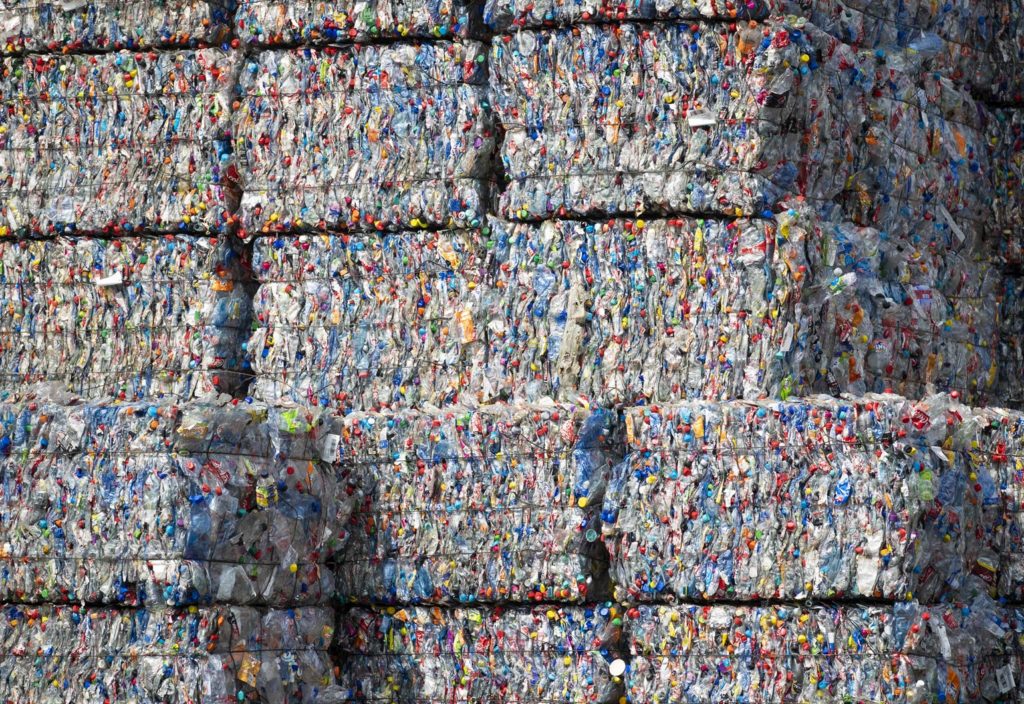European researchers have brought us one step closer to a low-cost method of recycling plastic waste by replicating enzymes used by plastic-munching bacteria.
As China and India step back from importing recyclable waste such as plastics, the rest of the world needs to find new ways to reduce, reuse and recycle.
A recent study by researchers at Germany’s Helmholtz Zentrum Berlin (HZB) could be a step towards developing a closed-loop production and recovery cycle for PET, which accounts for around 50 million tonnes of plastic production each year.
The researchers have figured out the 3D structure of a plastic-digesting enzyme called MHETase. MHETase can be used in combination with a second enzyme, PETase, to break PET plastic into its basic components, which can then be used to produce new plastic.
According to the researchers, applying these enzymes could create a “perfect” bio-recycling loop for plastics – allowing them to be broken down and reprocessed without waste – and cutting out the need for crude oil to produce virgin materials.
Final piece of the puzzle
The HZB research, published last week in Nature Communications, forms the final piece of a puzzle that researchers have been working to solve since 2016 – when Japanese scientists identified a bacteria that lives on and partially digests PET using PETase and MHETase.
In the following two years, research teams around the world raced to replicate the structure of the enzymes. Last year, the structure of PETase, the more simple of the two, was discovered independently by teams in Korea, China, UK, US and Brazil, reflecting the high level of international interest.
MEHTase, which completes the decomposition process started by PETase, proved more difficult to crack. According to HZB researcher Dr Kurt Weber, a single MHETase molecule consists of 600 amino acids, or about 4000 atoms. But he added that it had a great potential to optimise plastic bio-recycling.
“MHETase has a surface that is about twice as large as the surface of PETase and has therefore considerably more potential to optimise it for decomposition of PET,” Weber explained.
Weber and biotechnologist Professor Uwe Bornscheuer approached the problem by studying how the enzyme bound to MHET – a smaller building block of PET that is produced by plastic digested by PETase.
Weber explained that to break down these smaller building blocks into PET’s basic components, the enzyme first needs to “dock” them in a tailor-made 3D structure.
“We can now exactly localise where the MHET molecule docks to MHETase and how MHET is then split into its two building blocks: terephthalic acid and ethylene glycol,” Weber added, explaining that the BESSY II synchrotron was used to produce extremely bright X-rays that shed light on the complex structure.
More work to do
According to Weber, the enzymes, while promising, need to work more efficiently to be used in viable recycling technology.
”Plastics have only been around on this scale for a few decades; even bacteria with their rapid successions of generations and rapid adaptability have not managed to develop a perfect solution through the evolutionary process of trial and error over such a short time,” he explained.
Weber’s team is working to speed up the process. They have used their 3D structure to create a new version of MHETase that was able to digest MHET and another PET building block, BHET, more efficiently than the natural enzyme.
Their future research will focus on how the bacteria’s enzymes can be further optimised to create a bio-recycling solution for PET.
